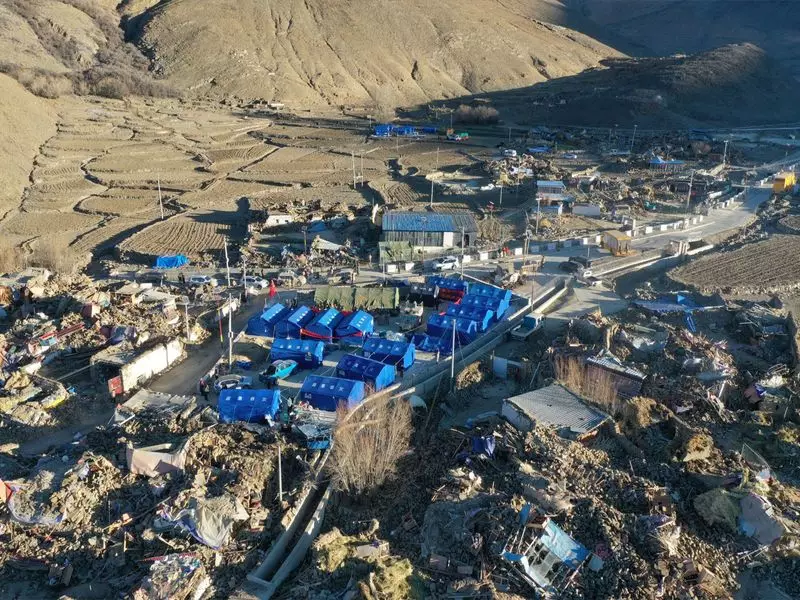
A significant seismic event occurred in the early hours of Tuesday as a 4.0 magnitude earthquake struck the Tibet region, sending tremors through the Himalayan landscape. The quake, which registered moderate intensity, has drawn attention to the ongoing seismic activity in this geologically active zone.
Epicentre and Timing Details
The earthquake's epicentre was precisely located at 32.83 degrees north latitude and 80.28 degrees east longitude, placing it within Tibet's Ngari prefecture. According to seismic monitoring agencies, the quake struck at a depth of 80 kilometres below the Earth's surface, occurring at approximately 06:40:28 IST (Indian Standard Time).
Regional Seismic Context
The Himalayan region, where this earthquake occurred, is one of the world's most seismically active areas due to the ongoing collision between the Indian and Eurasian tectonic plates. This geological process continues to shape the landscape and generates frequent seismic events of varying magnitudes.
Understanding Earthquake Magnitude
Earthquakes measuring between 4.0 and 4.9 magnitude are classified as light earthquakes. While typically capable of being felt by people indoors and causing slight shaking of indoor objects, they rarely cause significant damage to well-constructed buildings.
Safety Measures for Earthquake Zones
For residents and travellers in seismically active regions like the Himalayas, experts recommend:
- Identify safe spots in each room (under sturdy furniture, against interior walls)
- Prepare an emergency kit with essential supplies
- Develop a family emergency communication plan
- Secure heavy furniture and appliances to walls
- Know the evacuation routes from buildings and neighbourhoods
Seismologists continue to monitor the region for potential aftershocks, though earthquakes of this magnitude typically generate minimal, if any, significant follow-up tremors. The depth of this particular quake likely contributed to reduced surface impact while still registering clearly on seismic monitoring equipment.





